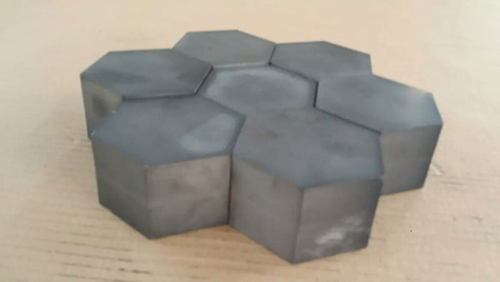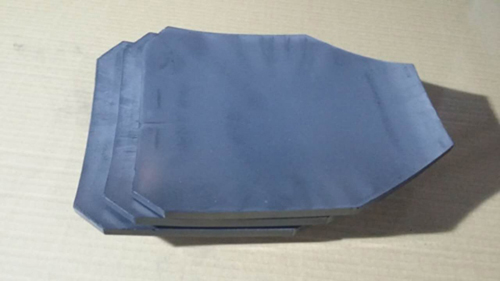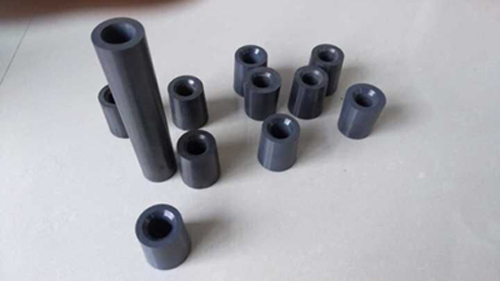
Currently, pressureless sintering, hot-pressing, and reactive sintering have become major methods to produce high density silicon carbide ceramics.
Currently, pressureless sintering, hot-pressing, and reactive sintering have become major methods to produce high density silicon carbide ceramics. Let's have a look at the pros and cons of each method. Hot-pressing technique is generally used to produce simple silicon carbide units at small quantity. In comparison, reactive sintering is good at producing silicon carbide units with complicated shape at lower sintering temperature. While the disadvantage of reactive sintering is poor high-temperature resistance and corrosion resistance. Pressureless sintering is known for its performance in producing silicon carbide units with dense structure, high hardness, and superior resistance to high-temperature and corrosion. Therefore, pressureless sintering is so far the most promising sintering method.
Huge progress has been made in China's pressureless sintering technique after three decades of development. The first-generation of pressureless sintering is single ceramic powder sintering technique, which was then transited to composite ceramic, the second generation that has been widely used among most silicon carbide ceramic companies. The product's major characteristics are high hardness, high density, and high wear resistance.
Silicon carbide ceramics have been witnessing an ever-increasing application scope in petroleum, chemical engineering, automobile, aerospace, laser, and nuclear energy machining. However, the disadvantage of the second-generation throw light upon itself, such as lack of self-lubrication.
This requires the products high wear resistance, porosity and certain self-lubrication, so the third-generation of pressureless sintering technique arise at the historic moment.
The third-generation is made on the basis of the second-generation, by adding a small percentage of lubricative substance (such as graphite and carbon black), and adjusting the proportion of additive for sintering to control silicon carbide crystals, thus the lubricative substance is evenly distributed among silicon carbide crystals. So the silicon carbide green body possesses self-lubrication and super microporous structure.
Zhengzhou Yayun Abrasives Co., Ltd. produces the second-generation and the third-generation pressureless silicon carbide products that can meet full demand of different application fields. It is estimated that future demand for silicon carbide ceramics market targeting high temperature and high rotating speed mechanical parts.


